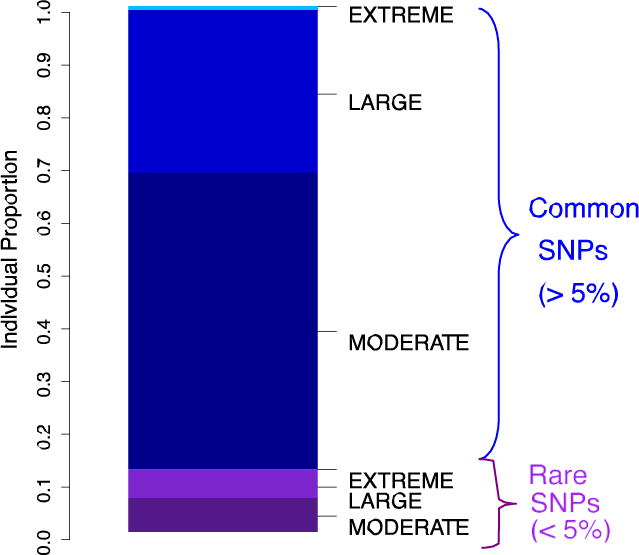Figure 1. Proportion of deleterious variants found in an individual’s genome classified by their frequency in the population (common vs. rare).

We wanted to ascertain whether the burden of the deleterious portion of an individual’s genome is mostly represented by rare or by common variants. For the 1000 Genomes Yoruba (YRI) population, variants were assigned to three selection regimes (moderate, large, extreme), according to GERP score categories in increasing order of phylogenetic conservation 2:4, 4:6, >6. The more conserved a site is, the more likely a new allele is to be deleterious (Box 2). Deleterious variants with a derived allele frequency lower than 5% within the population (purple) are classified as “rare”, and the rest as “common” (blue). Almost 70% of the deleterious variants found in an individual genome are common, and most of them have small predicted effect (“moderate”). Half of the rare variants also have a moderate effect, and half of them have a large effect, demonstrating how low frequency, large effect variants have not yet been purged by purifying selection.
